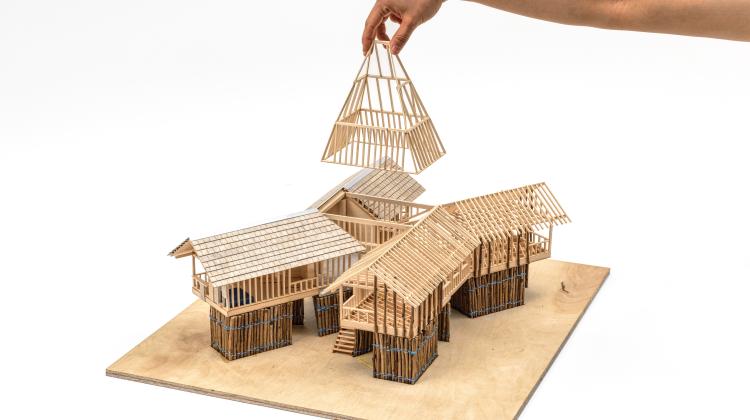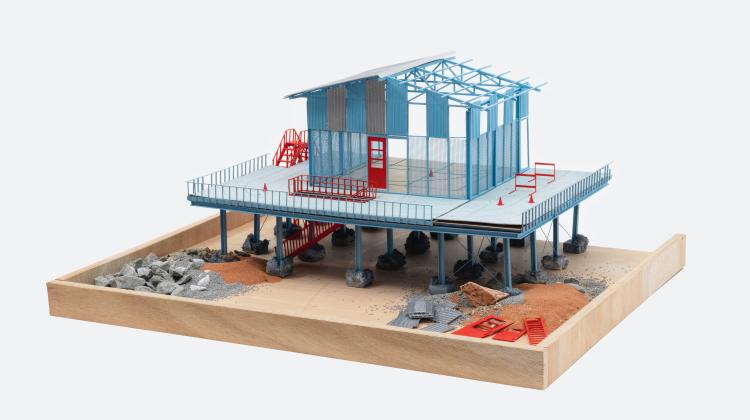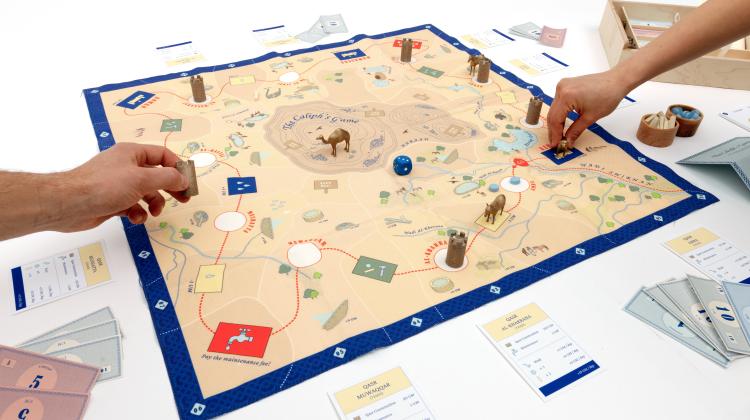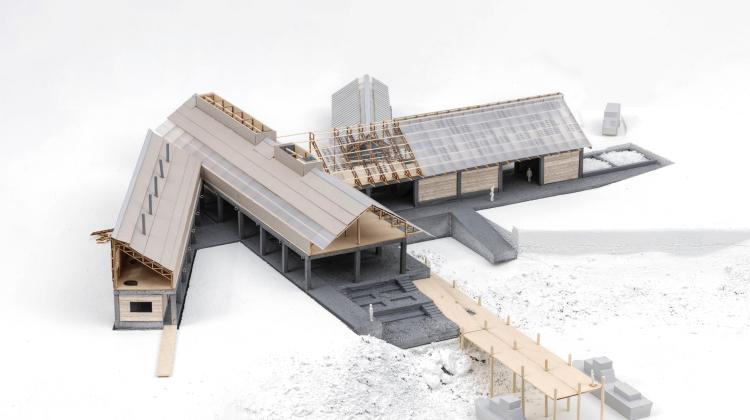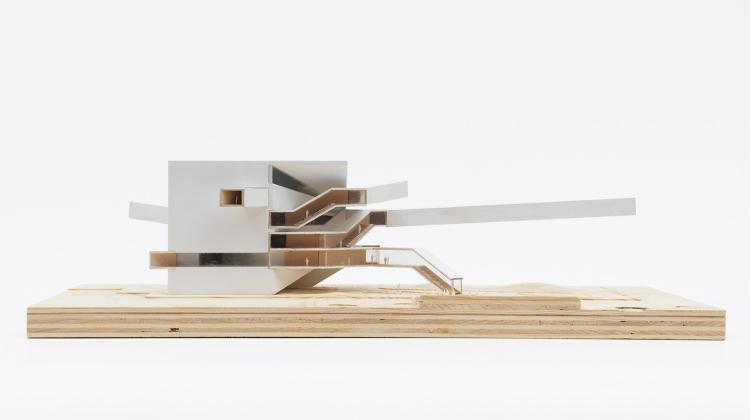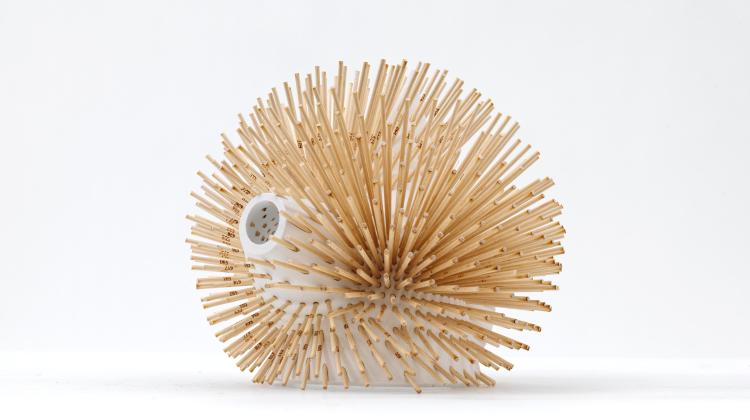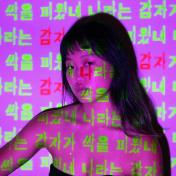Junha Hwang
Junha (Jun(h)a) is a MArch Candidate at MIT’s School of Architecture and Planning. After completing her B.Sc in Architectural Design from Stanford University in 2019, she spent three years working and collaborating with multidisciplinary design studios and artists in New York and Seoul.
Currently, Junha is exploring a form of architecture that challenges assumptions about use and appropriateness across time scales. She is particularly interested in reimagining everyday objects, surfaces (such as chairs, stairs, and walls), spaces, and materials to question existing preconceptions of normalcy, appropriation, societal conduct, comfort, and our relationship to materials and labor. She believes that somewhere between architecture, performance, and play, we can begin to break our ingrained habits and construct new, heterogeneous practices of care and solidarity.
Outside of school, Junha enjoys doing yoga, drawing on people's bodies, and resting.
[What Would Wood? A Worker’s Cooperative made from underutilized wild timber from forests in the Tahoe region]
This seasonal home begins with the tree - and becomes one. It gathers heat at its core and reaches for the sun through a tall solar chimney, following the sun's path. Solid and dense at its base, it grows lighter as it rises, mirroring the forest’s vertical gradient. It too has seasons: different inhabitants come and go. Branching out to catch light and views, the home remains centered around a shared hearth—distributing heat and resources from within.
Located on Pomo Street, at the edge of South Lake Tahoe’s tourist corridor and near civic buildings, the project directly responds to the region’s persistent housing shortage for seasonal workers. Designed for two rotating communities - aquatic species inspection teams in summer and ski and casino workers in winter - the home functions as a passive ecosystem, sustaining itself through the quieter shoulder months.
[thinking about ways to make running more purposeful and low-tech; what would it mean for building components to become mobile, leave home, and then come back home?]
Run For A Bit proposes a low-tech running gym that mainly functions as a home base for runners and a family of appendages - mobile auxiliary infrastructures. These appendages are temporarily deployed to become a part of the site’s larger running track, race, or event, and serve the wider running community and the general public.
When the appendages are away, dispersed across the landscape, they each serve essential functions of a runner’s journey: hydration, restrooms, shade, viewpoints, rest stops, and wayfinding. Over time, They gather different uses and physical traces - wear, bruises, stickers, and marks.
When the appendages are home, and parked at the building, they become a part of the building’s utility as circulation and furniture. Here, they are replenished, maintained, and cleaned, yet forever imprinted with memories and marks.
[Board game; Reconstructing historical narratives and theories to reimagine alternative futures for historical artifacts and monuments]
The Caliph’s Game imagines how the qusur might have been constructed and operated as a collective economic enterprise belonging to a family of the Umayyad Caliphate. This discussion-led monopoly game extrapolates on the different characteristics of the 4 Caliph brothers and their respective qusur, speculating on the family drama that might have led to disruption of their power.
In collaboration with Vincent Jackow
[Can we use solar drying on roofs to extend the shelf-life of “fresh” fish?]
Eastie Fish Co-Op is a sun-dried seafood production house and a didactic gathering space for locals, educators, researchers, and fishermen in East Boston. In response to the short shelf-life and energy-intense “fresh” fish we consume, this project proposes an alternative seafood preservation method using passive solar drying and natural ventilation.
The four longhouses - production, education, market, and residency - of varying orientations, truss roof typology, and envelopes are designed to correspond to their seasonal, thermal, and programmatic needs. As the building sits directly on a future flood plane, the design anticipates the disassembly and adaptation of the structure with a concrete grid frame on which light-frame wood trusses are built upon.
(Instructors: Cristina Parreno, Jaffer Kolb, Maria Rius Ruiz, Franca Sonntag)
[Rigid, unyielding, straight angles: the straight theater chair. What would it mean for the theater chair to be queer?]
This project reimagines the Strand Theater through the lens of the theater chair. The Strand theater becomes a heterogenous landscape that accommodates deviations within the normative and conventional sitting in theaters. While the existing central stage and the hierarchy of stepped slabs remain, an accessible ramp weaves through and fragments the seating area into triangular islands of new seating arrangements. The ramp allows the audience to move between different zones. Each act of reorientation in these zones responds to my own desires, and speculates on possibilities of new angles, sides, intersections, and contact between different bodies that dwell in this theater.
[A container for collection, a space for projection, and a center for connection]
Set within the court framed by MIT Buildings 1, 3, 5, and 7, this project objectifies one of the key architectural elements of the MIT campus, the double-loaded corridors. At an architectural level, the corridors that are highly ordered and insulated with programs are exposed and stripped from their service programs, treating them as solely performative experiences that bring visibility to the people and activities at MIT. The building is both a part of the MIT institutional context as well as apart from it, distinguishing itself as an entity that spans MIT and the public.
[Two hugging cones in one hairy sphere]
This object of exploration consists of two hugging cones that act as a base frame in which 632 wooden dowels radiate from two center points of the cones. These follicles of specific length and directionality inscribe a single spherical form outside of the two idiosyncratic cones. The project is about oneness and twoness, and mutual growth between multiple sources, things, and individuals.



